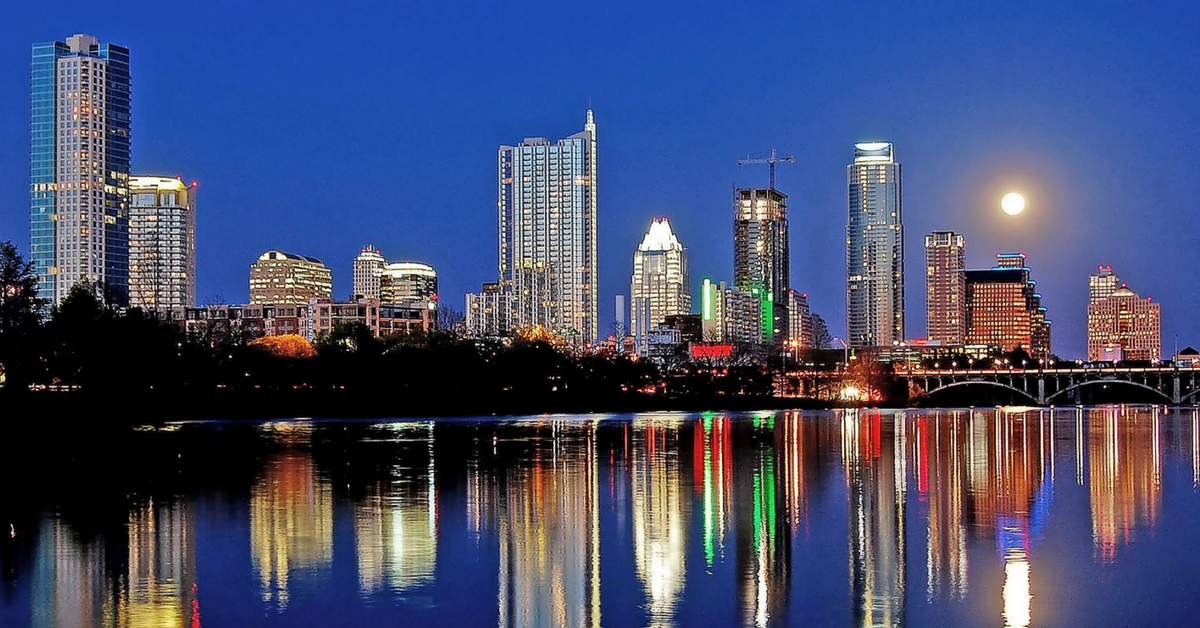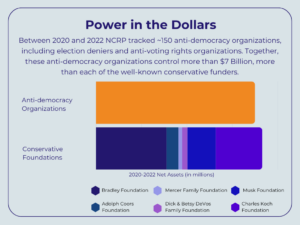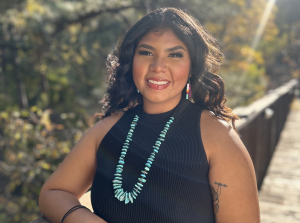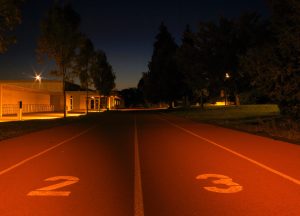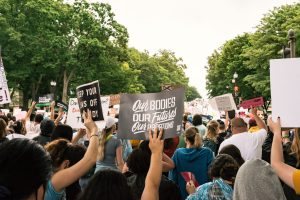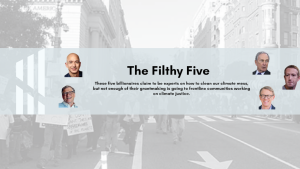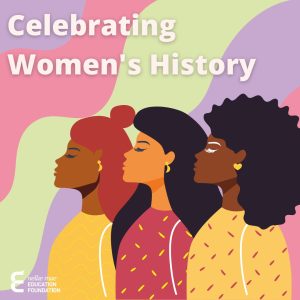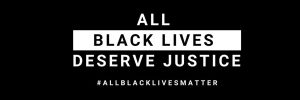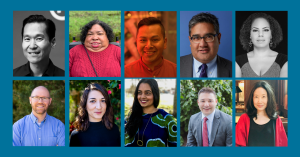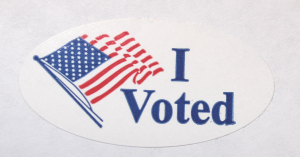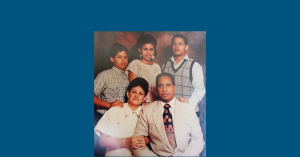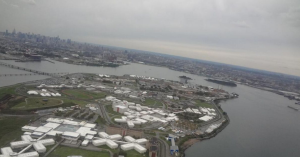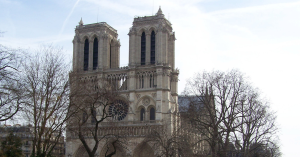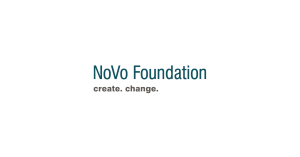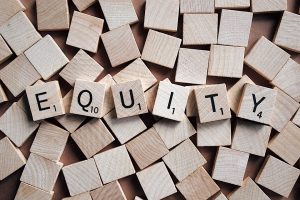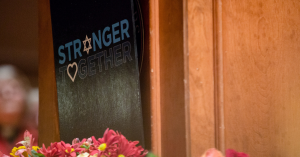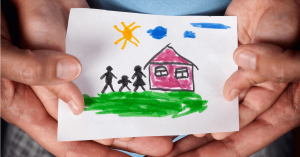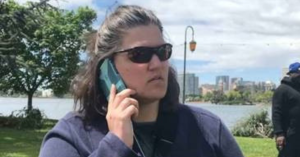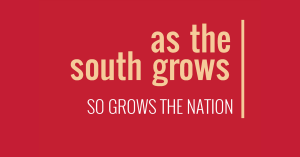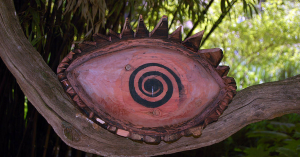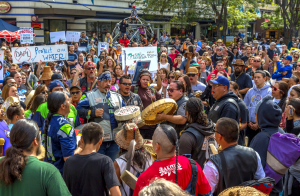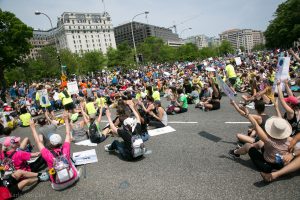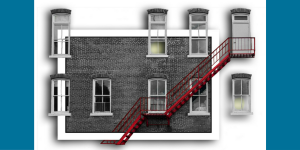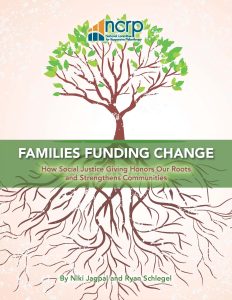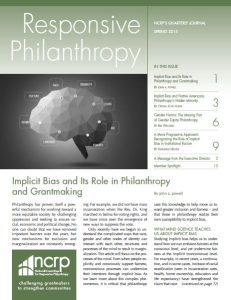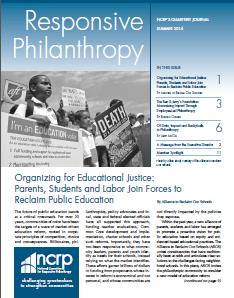
Editor’s note: This post is part of an ongoing series of posts featuring NCRP nonprofit members.
How do you get young people to express themselves? How do you encourage them to think creatively? And in what ways can you create space for them to share the results? Creative Action has some compelling answers.
The Austin, Texas-based nonprofit’s programs equip kids with the tools to build healthy relationships, successful careers and active roles in their communities. But gentrification has its foot on the scale in Austin, and white kids have better access to Creative Action than black and brown ones.
Funders need to commit not just to investing their money into beneficent organizations like Creative Action, but doing so in amounts commensurate with the scale of impact gentrification has wrought.
Born in 1997 and incorporated in 2001 with a focus primarily on theater arts, Creative Action has blossomed into an organization with a diverse array of programming in visual arts, filmmaking, music, puppetry, creative writing and acting.
Though the organization primarily works with school age children, it also serves the greater Austin community. There’s arts-based social and life-skills classes for young adults with Asperger’s or mild to moderate autism, and creative writing/storytelling for seniors wishing to unlock their latent artist within.
Creative Action’s office and arts center is located in the heart of “Six Square,” a six-mile region officially designated Austin’s African American Cultural Historical District. The facility helps ground Creative Action in the neighborhood.
Since they finished construction in 2012, the organization has adopted the local elementary school and helped it integrate arts learning into every class every day, and has installed a community-designed mural portraying the African American history of Six Square.
In a city that’s rapidly gentrifying, Creative Action partners with the local cultural preservation organization to develop creative placemaking strategies that uphold the area’s hard-fought African-American identity.
Gentrification is no small matter to Creative Action. The process has pushed Latinx and black students into suburban and rural settings outside Austin, where the cost of living is lower, but so too are the funds to support Creative Action’s work.
The organization has shifted resources to follow them when possible, but as the city continues to change, bringing its programming to communities of color has grown increasingly difficult. A higher cost of living has also made it harder to find and retain people who can work the hourly positions necessary to keep up with the increasing demand for Creative Action’s services.
Certainly it’s great that Creative Action is reaching its large student population, but if fewer black and brown kids are included in that reach, is their work really maximizing the good it could do?
Creative Action is not just scraping by. Almost 60 percent of its funding comes from earned revenue via payments from schools and a fee-based version of its after-school program.
The organization has grown by at least 15 percent every year for the past 15 years. Aside from the schools it works with, Creative Action partners with 25 to 30 other nonprofit and community organizations to deliver arts education programming to young people. Yet the disparity between who Creative Action serves and who they need to serve continues to swell. Children of color are being pushed faster and further into the margins while their supporters struggle to keep pace.
But there can be no giving up for funders committed to equity. Creative Action transforms the way kids think, feel and act through art skills development. If it were to have all the resources it needed, it would identify high-need schools without the discretionary funds to host them and bring more of their programming to those locations.
Greater funding would also mean increased compensation and benefits for Creative Action employees, thus making arts education a viable career path for Austin-based teachers and artists. Creative Action alone won’t stop the demographic shifts within its city, but funders can make sure the organization has the resources to better stick with children of color when they are displaced.
Empowering black and brown kids to advocate for themselves is direly important. There can be no underestimating the value of joy, self-expression and community pride in childhood development. Let’s make sure that as many kids as possible, both in Austin and nationwide, have unrestricted access to them.
Troy Price is NCRP’s membership and fundraising intern. Follow @NCRP on Twitter.
Image by LoneStarMike, used under Creative Commons license.
